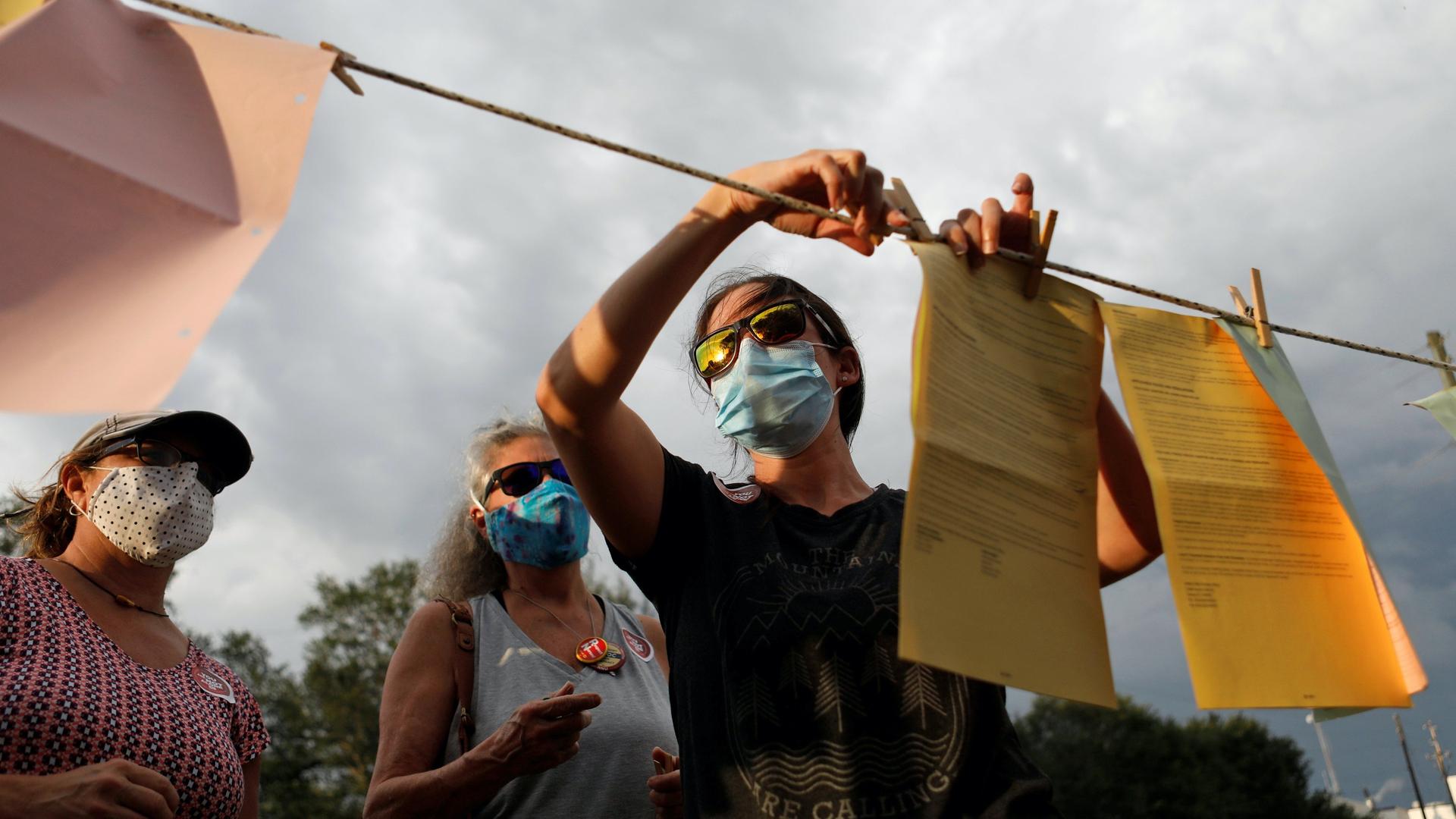Back in April, Dr. Michael Osterholm, director of the Center for Infectious Disease Research and Policy at the University of Minnesota, and his colleagues presented some potential scenarios for the coronavirus pandemic. One of their models showed a spring wave followed by a trough and then a massive peak in the fall or winter, caused by a devastating resurgence of infections — similar to the 1918 influenza pandemic.
Although it is hard to predict the future of the current pandemic, Osterholm isn’t thinking about a second major wave anymore because he doesn’t believe the virus will let up. Instead, he suspects it will likely be just one continuous onslaught.
Related: Oxford’s coronavirus vaccine study shows glimmer of hope
“I think this thing is just gonna continue to burn, hot, hot, hot like a forest fire. As long as there is human wood to burn, it’s going to find it, it’s going to burn it,” he said.
But are we prepared to keep fighting a “forest fire”?
While Osterholm recognizes that healthcare workers have gotten better at treating COVID-19 patients in intensive care, the strain on nurses and doctors has been considerable, he said. He fears their “heroic work” will not be sustainable and that there could soon be a shortage of skilled medical personnel to confront the ongoing crisis. A report by Amnesty International found that more than 3,000 healthcare workers around the world have died from the disease, including a significant number in the US.
Related: How the coronavirus crisis has exposed entrenched health inequities
In May, Osterholm called the rush to reopen a “hodgepodge” because several states ignored health and safety guidelines. Now, as the pandemic rages on, he is convinced that much of the country loosened lockdown measures far too early — even as cases of COVID-19 were on the rise — and now we are paying the price.
The only way to get control of the virus — think small brush fires, instead of wildfires — will be to reimpose lockdowns in some states, according to Osterholm. Then reemerge very slowly, “in a measured way” and try, “very hard just to keep those case numbers at a low level without significant damage to the economy or society,” until a successful vaccine is developed, Osterholm said.
He gives credit to other countries and even some states, such as New York, which have demonstrated that stringent mitigation strategies can reduce the rate of infections. But for Osterholm, the question remains: Are we willing to follow in their footsteps? Can we drive cases down and then decrease them even further with what he describes as “smart testing” and contact tracing, with the understanding that even after all of that we still won’t be able to let our guard down?
Related: Israel considers a second lockdown as coronavirus cases surge
“I’m not sure what humans will do,” Osterholm explained. “I’m more sure what the virus will do.”
He points to the problems that Germany has faced with a resurgence of the virus which began at a meat-processing plant. Even though Germany had been applauded for its initial handling of COVID-19, constant vigilance is still needed, he said.
Osterholm is one of the country’s leading infectious disease epidemiologists, and years ago he warned that “time [was] running out to prepare for the next pandemic,” but he still remains humble about, and humbled by, the new coronavirus.
He is quick to acknowledge that, “we don’t really understand coronavirus immunology yet.” Osterholm and his colleagues are still trying to figure out how the body protects itself against infection and, if you do get infected, how long you might be protected by antibodies.
He also worries about the further pain the pandemic will inflict on the country and predicts we could easily see a death toll of between 850,000 and 950,000 deaths or more, without a vaccine. But Osterholm gets uncomfortable speaking about death in an abstract, statistical way. “These are real people….loved ones, these are people’s companions — their daughters and sons and mothers and fathers,” he said.
The virus may be a professional concern for Osterholm, but it also remains personal. One of the “best days of his life” came a few weeks ago on Father’s Day when he finally saw his five grandchildren, whom he hadn’t seen in months. Osterholm cried and hugged each of them, but it was “for less than a minute in a close-contact setting,” he explained. Being in his late 60s, he would likely be at high risk if he got sick from COVID-19.
Osterholm described the brief meeting as a “safe move” and it was one he clearly needed in this age of social, or — what he prefers to call physical distancing.
His advice for others? “More now than ever, never social distance,” he said.
Elizabeth Ross is the senior producer of Innovation Hub. Follow her on Twitter: @eross6
